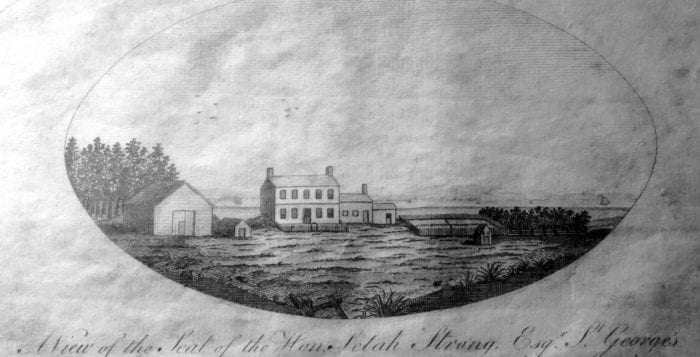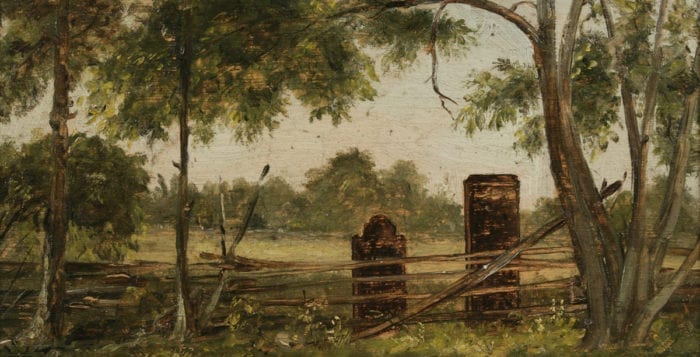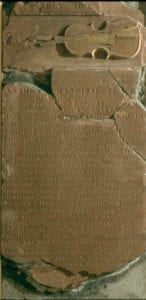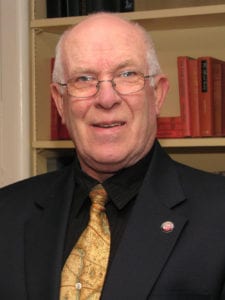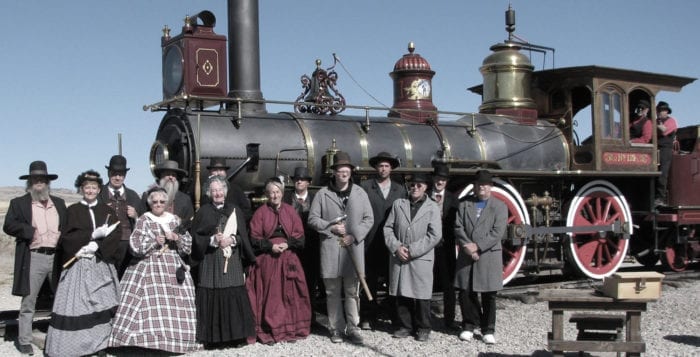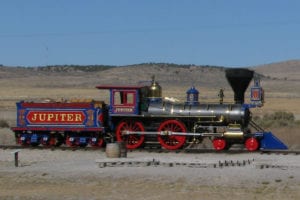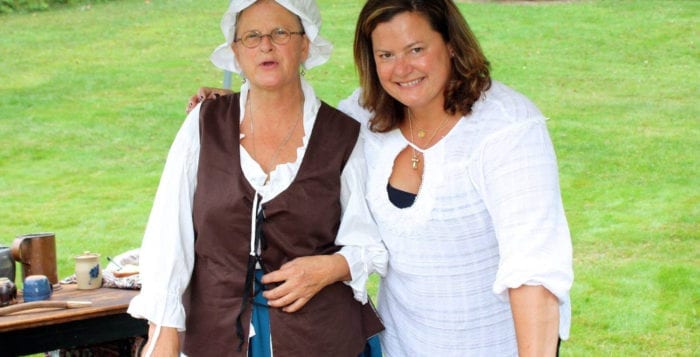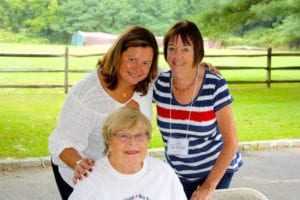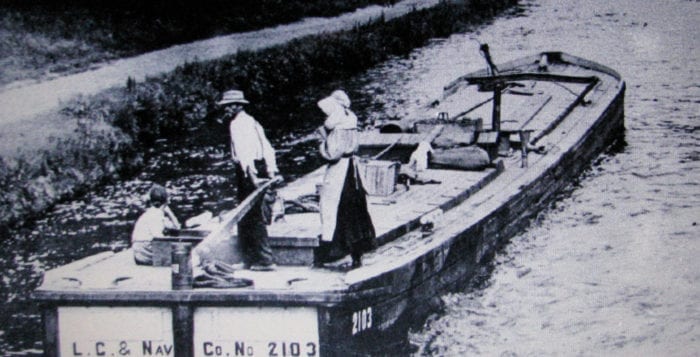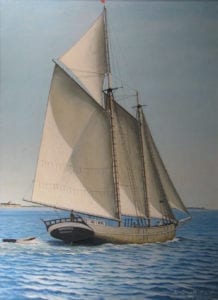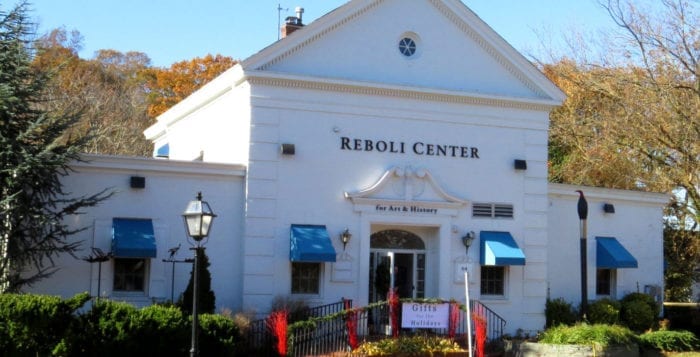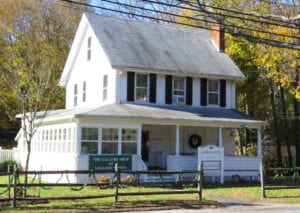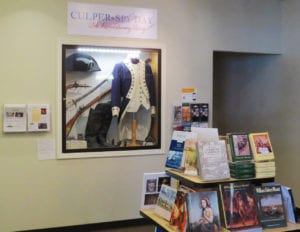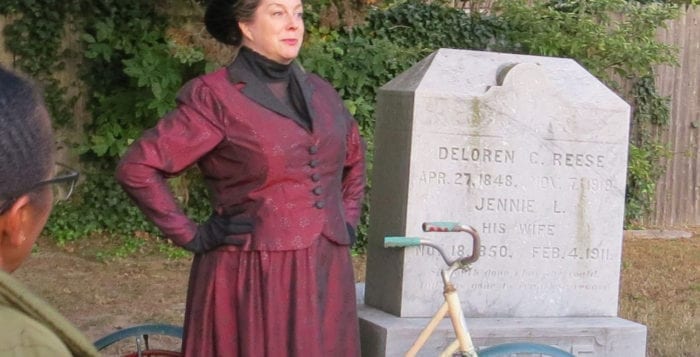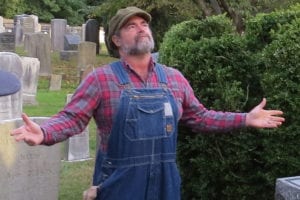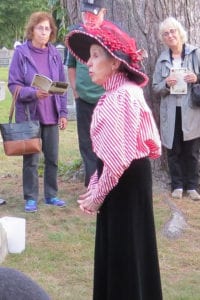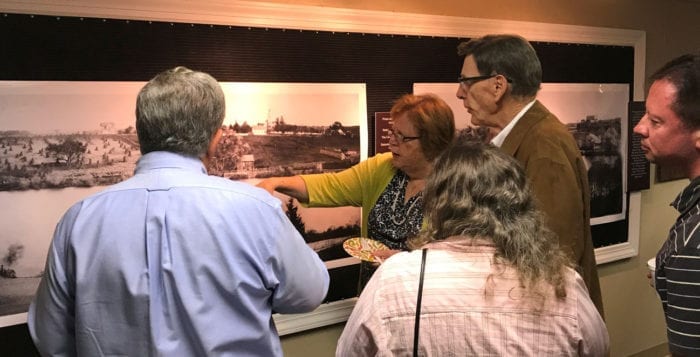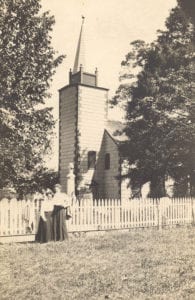By Beverly C. Tyler
Martha Tunstall was baptized July 2, 1652, the daughter of Henry Tunstall of Putney, County of Surrey, England. She moved with her family to Morocco, where she married Col. William “Tangier” Smith. From her marriage Nov. 26, 1675, until her death in Setauket in 1709 at the age of 57, Martha led a life dedicated to her husband, family, business interests and community.
She gave birth to 13 children and buried seven of them. The mother journeyed in a time of discomfiting and perilous travel from the city of Tangier, back to England, to Ireland for the birth of a child and finally to America. She raised her family and assisted her husband in his businesses which often involved his traveling from home over long periods of time. Martha became well respected and loved in her lifetime as “lady of the manor.”
Martha became well respected and loved in her lifetime as “lady of the manor.”
Madam Martha Smith, as historian Kate Strong referred to her, or Lady Martha Smith, as she is referred to in many documents is not listed in “The Encyclopedia of Women’s History in America,” nor in “Long Island Women: Activists and Innovators.” But Martha was a woman of wealth and stature on Long Island and especially in the communities of Setauket and Mastic where she and her husband maintained their residences.
Tangier Smith was born in February of 1654 in Higham Ferrers, Northamptonshire, England, to a lady-in-waiting to Queen Charlotte of Braganza at the court of her husband, King Charles II. According to family folklore, Smith was a son of Charles II, however, there is no indication that the king had any natural children.
The city of Tangier, which had been ceded to England as part of Queen Charlotte’s dowry, was an important port, or so it was thought, until evacuated and burned by England in 1683, after both Spain and Portugal refused to take it off the English. As detailed by Chester Osborne, Smith went to the crown city of Tangier when he was 20 years old. A year later he married Martha, and was elected to the post of mayor Nov. 11, 1682. The young couple returned to England in 1683 after the city was abandoned and, in 1686, sailed from Ireland for America.
The Smiths arrived in New York in the fall of 1686 with their children, 7-year-old Henry and 5-year-old Martha. A third child, Hibernia, had been born in Cork, Ireland, in June before they left for America on the ship Thomas, but she died at sea at the end of August. Hibernia was the couple’s eighth child and the fifth to die. Three of their children, Elizabeth, John and William Jr. died in Tangier. Their second son also named William Jr., just a month old, died in London in February 1684, and Mary passed in the same year.
“During these early years in Setauket, the Smiths moved from their first house near the Woodhull homestead to Little Neck, now known as Strong’s Neck, where they built a larger house that became known as St. George’s Manor.”
During their time in New York, Martha gave birth to a daughter Jeane Dec. 8, 1687. After her birth, Tangier Smith quickly purchased land in Setauket, “Ye Little Neck,” and on the South Shore as well. By 1689, the family had moved permanently to the young settlement of Setauket. In March, Martha gave birth to William. The following year, in June of 1690, their daughter Gloryana was born. Eighteen months later another daughter, Theodocia, was born Dec. 14 and died Dec. 29. Two years later, Dec. 20, 1693, Martha gave birth to the couple’s last child, Charles Jeffery.
During these early years in Setauket, the Smiths moved from their first house near the Woodhull homestead to Little Neck, now known as Strong’s Neck, where they built a larger house that became known as St. George’s Manor. While Martha kept busy at home, her husband increased the land holdings. On Oct. 9, 1693, he received a patent from Gov. Benjamin Fletcher that included all the land bounded roughly by Carmans and Forge rivers — then called Connecticut and Mastic rivers respectively — between today’s Middle Country Road and the Atlantic Ocean. This combined with his previous purchase created the Manor of St. George. In 1697, Smith added another portion of land, running to the western boundaries of the towns of Southampton and Southold. He then built a second manor house on Smith’s Point. Here the family spent summers, returning to the manor house in Setauket for the rest of the year.
With the acquisition of the patent land in 1693, William and Martha became the lord and lady of the manor. Much of the couple’s Long Island property was given to them in recompense after the crown’s short-lived experiment with its North African colony was discarded in 1683.
Widowed at the age of 52, Martha successfully continued her husband’s business interests, including offshore whaling, and was an acknowledged community leader. Learn more about Martha in an upcoming edition of The Village Times Herald.
Beverly C. Tyler is Three Village Historical Society historian and author of books available from the society at 93 North Country Road, Setauket. For more information, call 631-751-3730 or visit www.tvhs.org.

